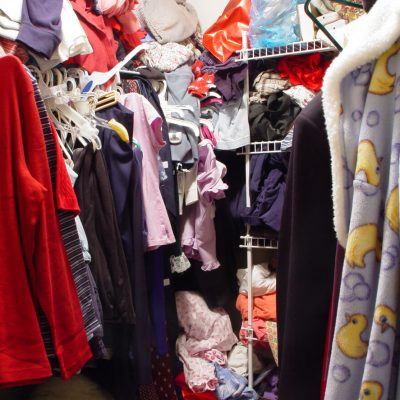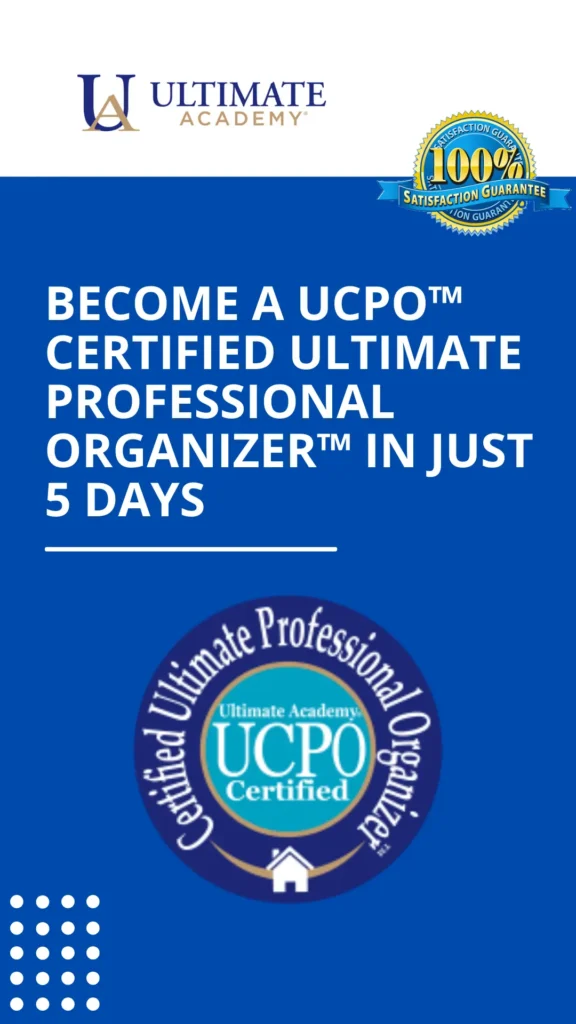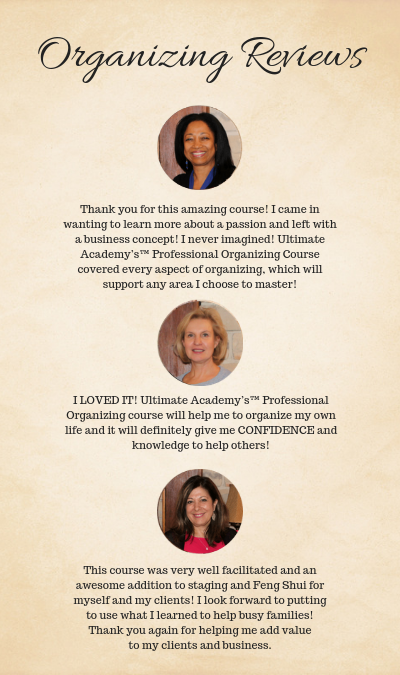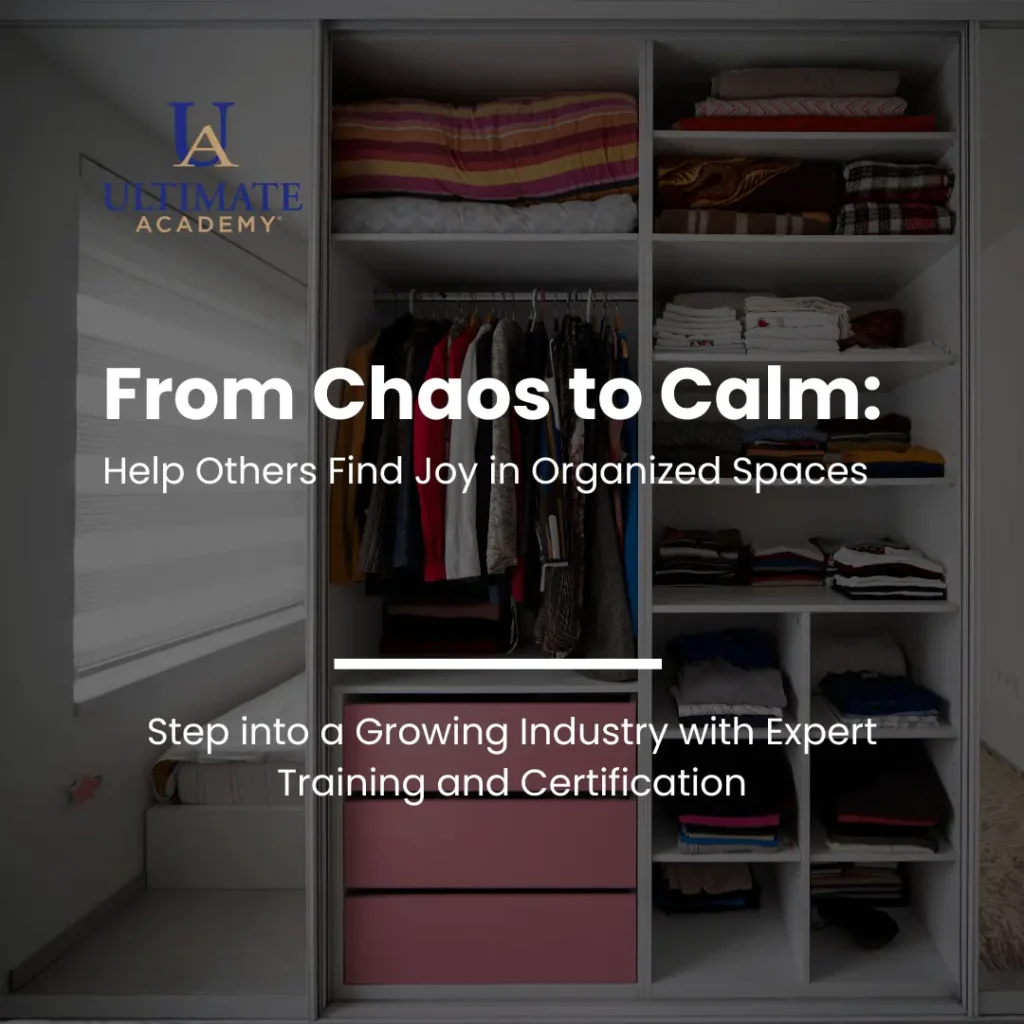A Professional’s Approach
to Hoarding Disorder

Learning the tango begins with a single step, much like professional dancing, which might seem overwhelming at first glance. The intricate footwork, fluid arm movements, and expressive faces weave a beautiful narrative. Yet, no one is born a master of the rumba. It requires dedication, practice, and focus until it becomes instinctive.
The process of decluttering and organizing a home for someone with hoarding disorder mirrors this learning curve. It starts with a single step. The ultimate goal might differ – a flawless tango versus an organized home – but both benefit immensely from professional guidance.
Understanding Hoarding Disorder:
Individuals with hoarding disorder often struggle with discarding possessions, stemming from a need to save them. A Professional Organizer answers crucial questions like “When to keep or discard items?” and demonstrates the process, turning it into second nature through diligence and patience.
Initial Steps with a Client:
First Contact:
- The Professional Organizer typically gets involved through a referral from family members or mental health professionals. This first interaction is crucial in building trust and understanding the client’s needs. The meeting is usually held at the client’s home to get a firsthand view of the living conditions.
- The Professional Organizer typically gets involved through a referral from family members or mental health professionals. This first interaction is crucial in building trust and understanding the client’s needs. The meeting is usually held at the client’s home to get a firsthand view of the living conditions.
Assessment:
- The organizer, equipped with protective gear like gloves, masks, and sometimes hazmat suits, conducts a thorough assessment. This includes determining the hoarding level using standard metrics like the Ultimate Academy® Grade Level Assessment, which helps in planning the extent of intervention required.
- The organizer, equipped with protective gear like gloves, masks, and sometimes hazmat suits, conducts a thorough assessment. This includes determining the hoarding level using standard metrics like the Ultimate Academy® Grade Level Assessment, which helps in planning the extent of intervention required.
Strategy Development:
- Based on the assessment, a comprehensive strategy is formulated. This might include renting refuse bins for large-scale decluttering, hiring specialized cleaning services to tackle health hazards, or bringing in additional organizers for efficient handling of the project.
- Based on the assessment, a comprehensive strategy is formulated. This might include renting refuse bins for large-scale decluttering, hiring specialized cleaning services to tackle health hazards, or bringing in additional organizers for efficient handling of the project.
Observation First:
- Observing the client’s living space and understanding their mindset is crucial before diving into decluttering. This helps in gauging the emotional attachment to items and the underlying causes of hoarding.
- Observing the client’s living space and understanding their mindset is crucial before diving into decluttering. This helps in gauging the emotional attachment to items and the underlying causes of hoarding.
Customizing the Approach:
- The organizer evaluates their skills against the client’s needs and customizes their approach. This involves understanding the client’s decision-making style, emotional state, and crafting a plan that resonates with them.
Tailored Strategies for Organizing:
Sorting and Categorization:
- The process involves guiding clients to categorize their belongings into ‘keep’, ‘discard’, and ‘unsure’. Special attention is given to the client’s emotional capacity, ensuring that decision-making is manageable and not overwhelming.
- The process involves guiding clients to categorize their belongings into ‘keep’, ‘discard’, and ‘unsure’. Special attention is given to the client’s emotional capacity, ensuring that decision-making is manageable and not overwhelming.
Systems and Tools:
- Effective systems are implemented, tailored to the client’s lifestyle. This includes using storage containers to organize items and establishing daily routines for managing tasks like mail sorting and bill payments. The aim is to create a sustainable system that the client can maintain post-organization.
- Effective systems are implemented, tailored to the client’s lifestyle. This includes using storage containers to organize items and establishing daily routines for managing tasks like mail sorting and bill payments. The aim is to create a sustainable system that the client can maintain post-organization.
Emotional Consideration:
- A key part of the process is being attuned to the client’s emotional responses. Adjusting strategies based on their comfort level and emotional triggers is vital for a successful outcome.
Motivation and Progress:
Vision Creation:
- Motivating clients involves helping them envision the final outcome. This vision acts as a driving force, especially when progress seems slow or challenging.
- Motivating clients involves helping them envision the final outcome. This vision acts as a driving force, especially when progress seems slow or challenging.
Reinforcement:
- The role of the organizer often extends to being a cheerleader. Providing positive reinforcement, celebrating small victories, and offering encouragement helps in maintaining the client’s morale and motivation.
- The role of the organizer often extends to being a cheerleader. Providing positive reinforcement, celebrating small victories, and offering encouragement helps in maintaining the client’s morale and motivation.
Customized Schedules:
- Developing a personalized daily schedule helps in structuring the decluttering process. It ensures that tasks are manageable and that the client stays focused and on track.
- Developing a personalized daily schedule helps in structuring the decluttering process. It ensures that tasks are manageable and that the client stays focused and on track.
Immediate Action:
- Taking immediate action, such as removing donation items at the end of each day, prevents the client from second-guessing their decisions to discard items. This helps in maintaining the momentum of decluttering and organizing.
The process of helping a client with hoarding disorder requires patience, understanding, and a tailored approach that respects the client’s emotional state and personal circumstances.
With the right strategies and tools, a Professional Organizer can guide their client through this transformative journey towards a more organized and peaceful living space.








